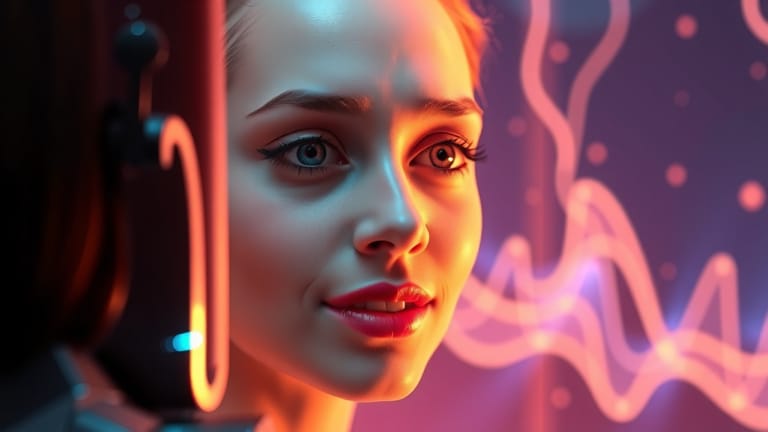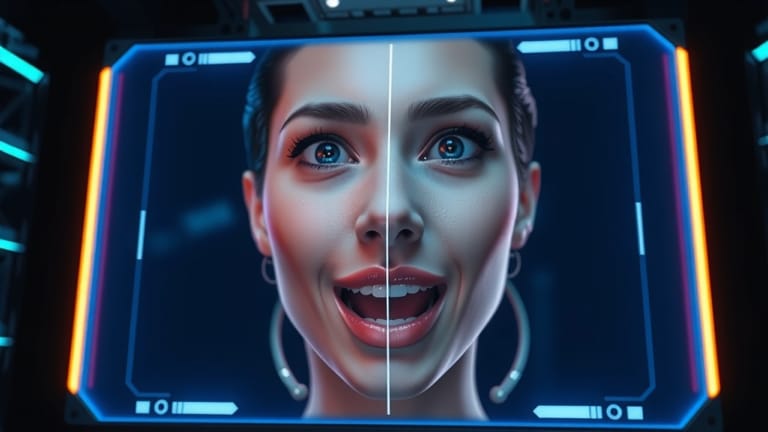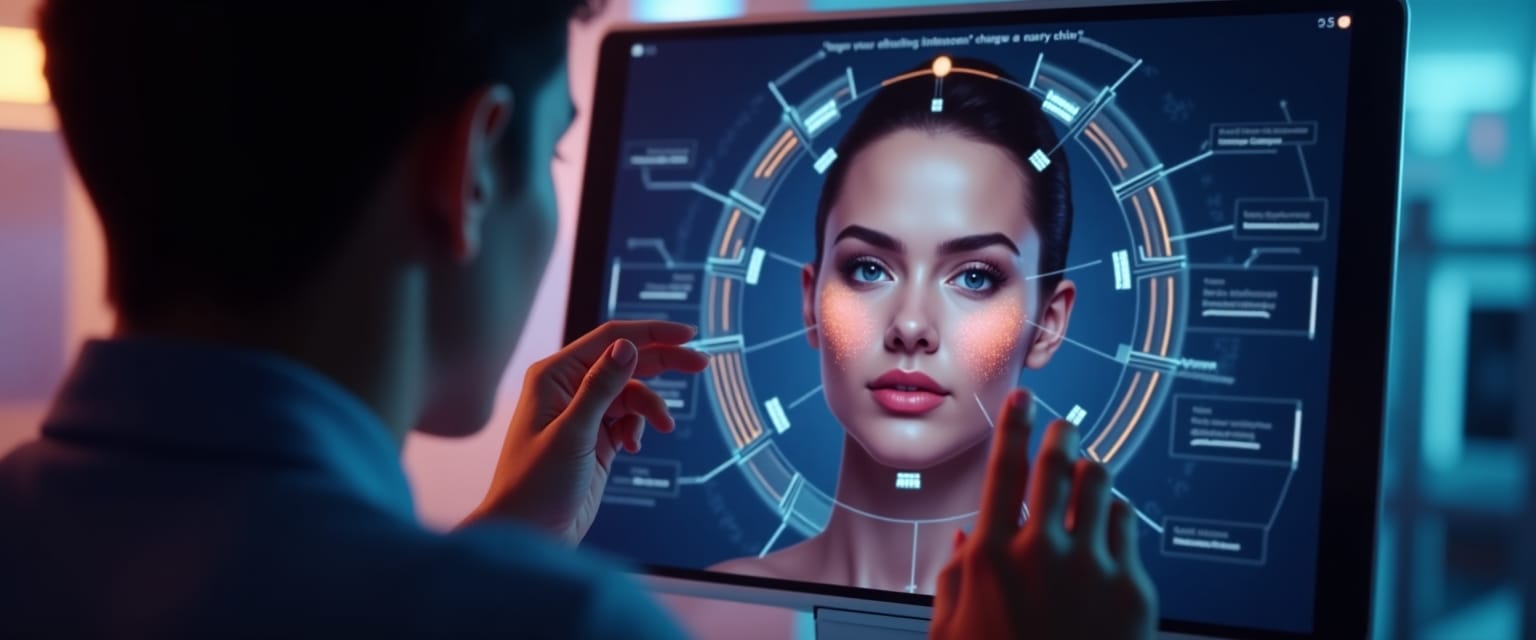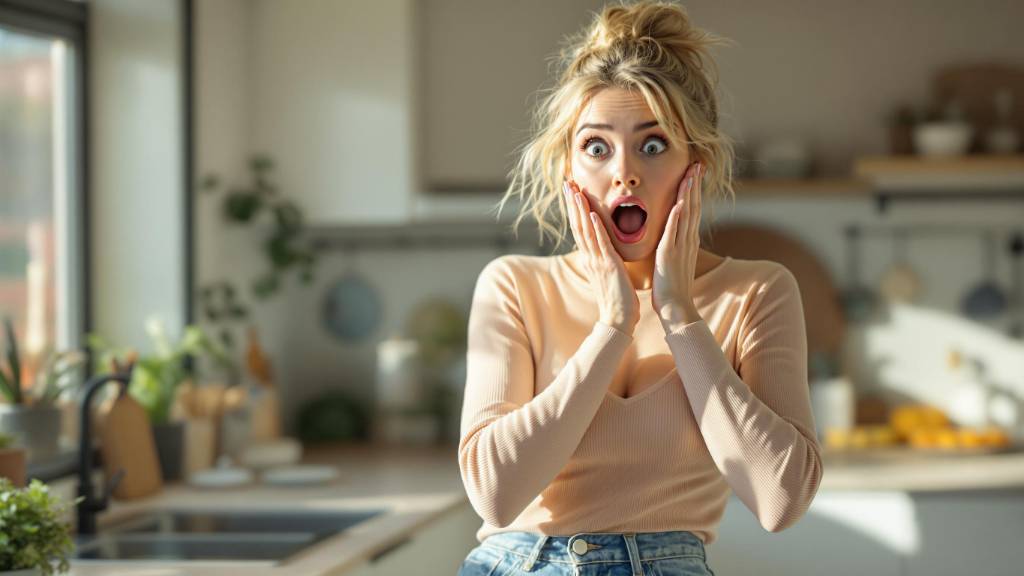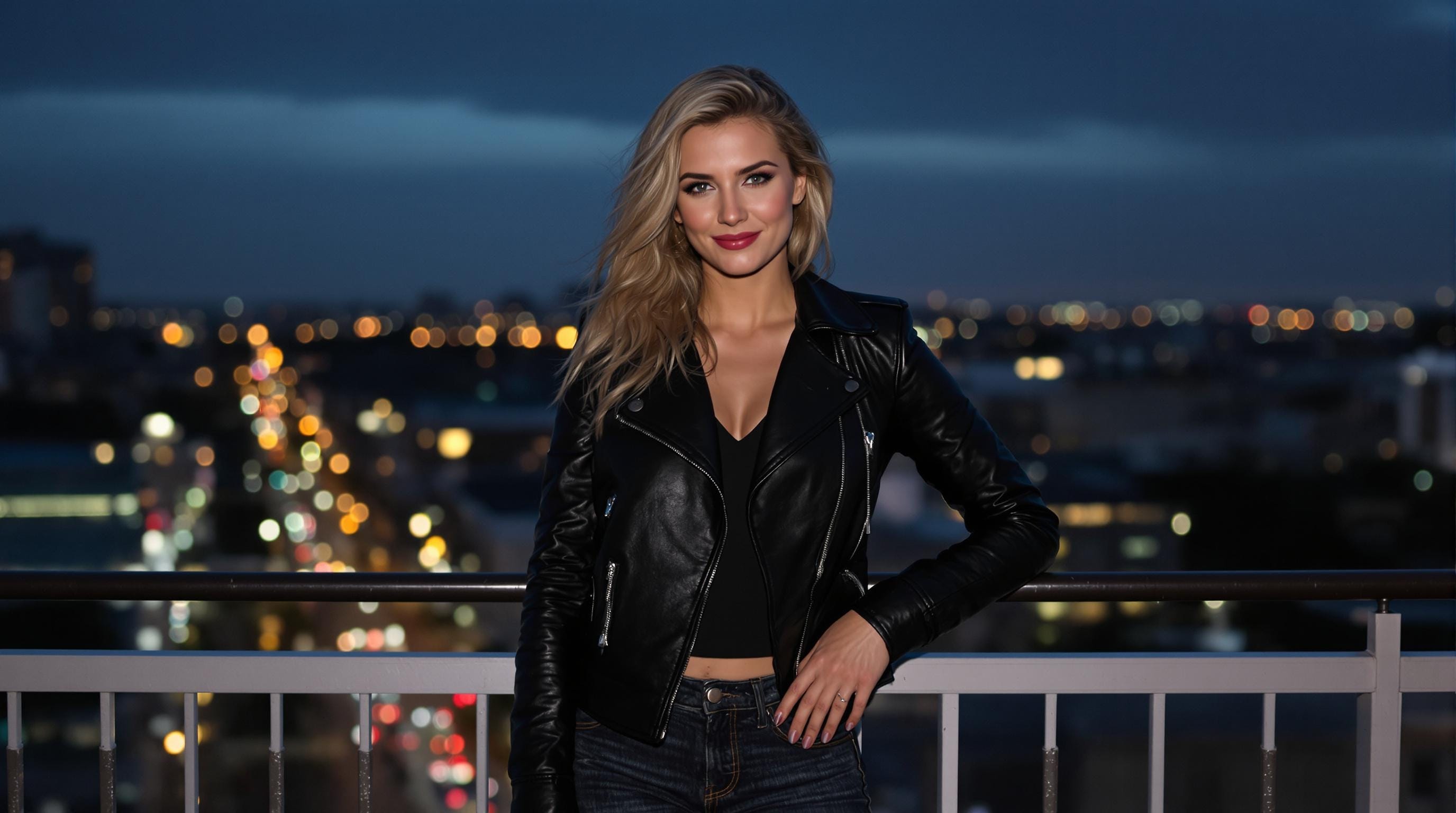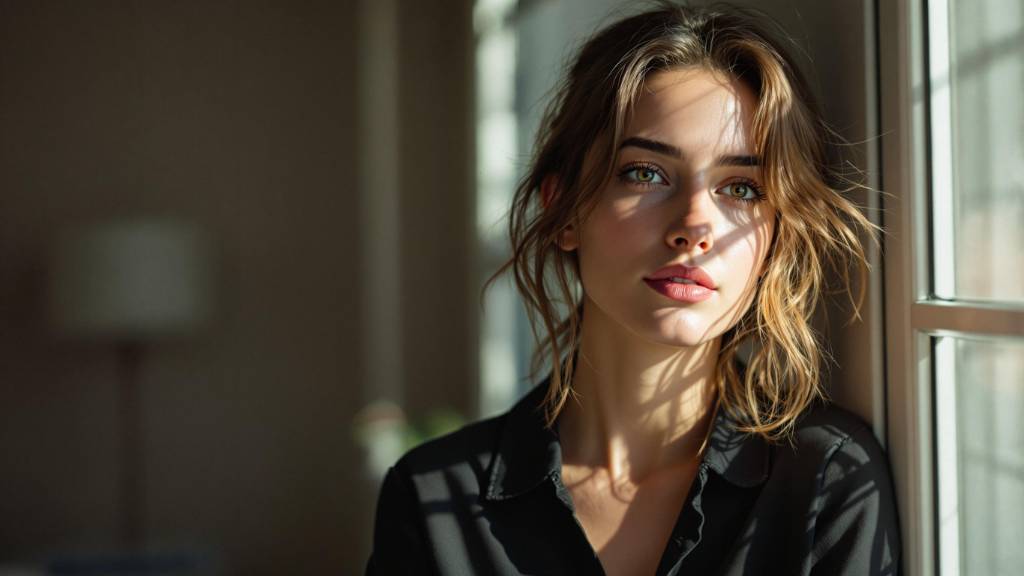The enigmatic smile of the Mona Lisa has captivated art lovers, historians, and conspiracy theorists for over 500 years. Is she happy? Is she sad? Is she hiding a secret? The debate is endless because her expression is frozen in time, a permanent, beautiful "what if."
But what if it wasn't? What if you could ask her to smile for you?
We decided to do just that. Using our Expression Changer AI, we ran a little experiment: we asked the world's most famous portraits to show us a different emotion. The results are fascinating, a little bit weird, and a whole lot of fun.
The Experiment: Editing History's Faces
The process is simple. We took high-resolution, public-domain images of famous paintings and uploaded them to the Expression Changer. Then, we gave the AI simple prompts to see what it would create.
1. Mona Lisa, by Leonardo da Vinci
First, the big one. We started with a simple prompt to see if we could get a full, unambiguous smile.
- Prompt:
"a happy expression with a big smile" - The Result: The AI delivered! It subtly reshaped her lips into a gentle, closed-mouth smile and added the slightest crinkle around her eyes, changing the entire mood of the painting from mysterious to serene. To show you what this prompt looks like on a modern photograph, here's an example of the effect. You can create it yourself using our Happy Face Demo.
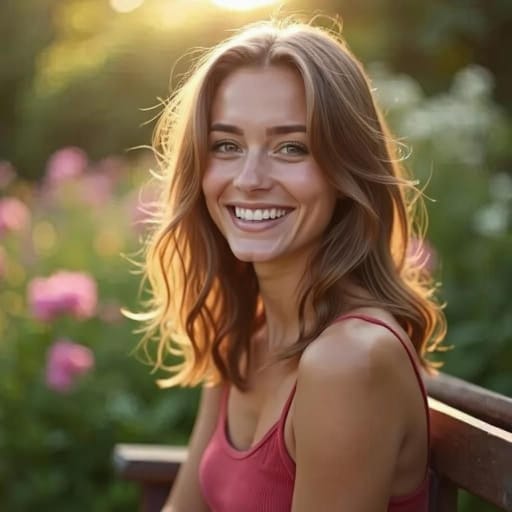
Next, we pushed it further.
- Prompt:
"laughing expression with closed eyes, wide open smile, happy cheeks" - The Result: Mona Lisa, laughing. It's a shocking and delightful image. The AI opens her mouth into a joyful laugh, tilting her cheeks up and squinting her eyes. It feels like sharing a private joke with her. To see this prompt in action on a real photo, take a look at the demo below or try the Laughing Face Demo.
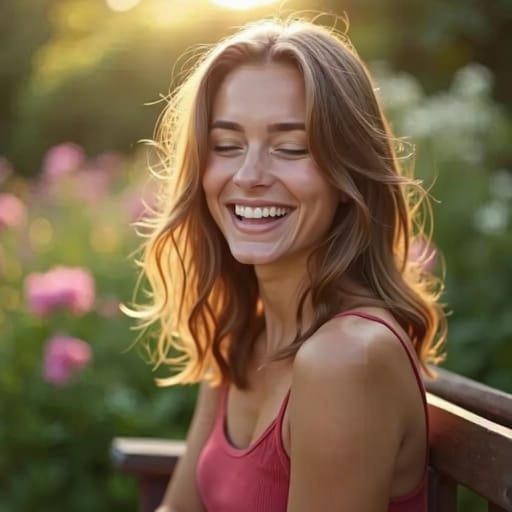
2. Girl with a Pearl Earring, by Johannes Vermeer
This portrait is all about the subject's glance over her shoulder, a mix of innocence and intrigue. What if she were surprised by the viewer?
- Prompt:
"surprised expression with wide eyes, open mouth, raised eyebrows" - The Result: Her expression transforms from subtle curiosity to outright shock. Her eyes widen, her brows shoot up, and her lips part in a small gasp, replacing the painting's quiet intimacy with a jolt of drama. Here's an example of that same "surprised" prompt on a photograph. You can achieve this yourself with our Surprised Face Demo.
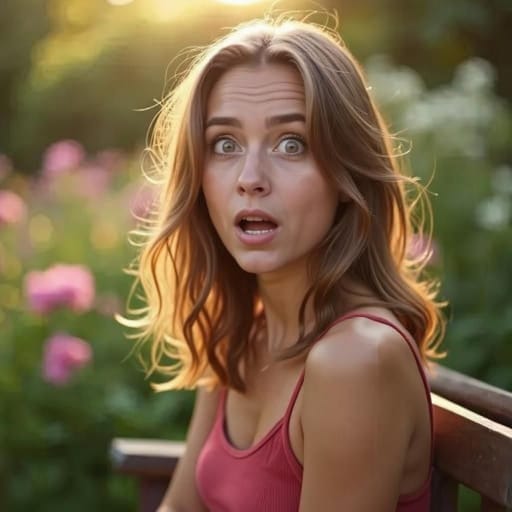
3. American Gothic, by Grant Wood
This iconic painting is the epitome of stern, rural stoicism. The farmer and his daughter are not messing around. But what if they were a little more cheerful?
- Prompt:
"a gentle, happy smile" - The Result: This might be the most jarring transformation of all. Seeing the famously dour couple with soft smiles is both funny and endearing. It turns a portrait of hardship into a snapshot of quiet contentment.
How to Create Your Own Masterpiece Remix
You can try this experiment yourself in just a few minutes.
- Find a Painting: Go to the website of a museum like The Met or The Rijksmuseum and find a high-resolution, public domain image of a portrait.
- Upload to the Studio: Open the Expression Changer Studio and upload the artwork.
- Get Creative with Prompts: What if The Son of Man by Magritte was annoyed by the apple? What if Van Gogh's self-portrait looked hopeful? The possibilities are endless.
- Generate and Share: Create your remix and share it with the world!
Is This Just a Gimmick?
While it's undeniably fun, this experiment does more than just create funny pictures. It's a new way to engage with art. By changing the expressions, we can:
- See the Familiar in a New Light: It breaks the spell of the original and makes you appreciate the artist's choices even more.
- Learn About Expression: It serves as a powerful demonstration of how tiny changes to a face can completely alter its meaning.
- Unlock Creativity: It's a tool for artistic exploration, allowing for remixes, parodies, and new creations.
Frequently Asked Questions (FAQ)
-
Where can I find these "public domain" paintings? A "public domain" image is one that's free for anyone to use. Many of the world's top museums have made their collections available online! A great place to start is searching for "The Met Collection" or "Rijksmuseum Rijksstudio". These museum websites have huge, high-quality collections of famous art you can download and use for free.
-
Why does the AI sometimes make weird results on paintings? Our AI was primarily trained on real photographs, so it's an expert on real faces. Paintings can sometimes have unusual styles, brushstrokes, or lighting that can confuse the AI. This is part of the fun! Sometimes the "weird" results are the most creative and interesting.
-
Do I own the new image I create? Yes! The new, remixed image you create is yours. You can download it, share it with friends, or post it on your social media.
-
Is it legal to edit famous paintings? Yes, as long as the artwork is in the public domain. Most classic artworks created before 1928 are free to use and remix. Always check the copyright status of an image before using it.
-
Does this work on any painting or photo? It works best on clear, relatively front-facing portraits. The more the AI can see and understand the face, the better the result will be.
-
What other famous figures could I try? The sky's the limit! Try it on historical photographs (like Abraham Lincoln), ancient Roman statues, or even your favorite movie posters.
Conclusion: Art is a Conversation
Art has always been a conversation across time. With tools like the Expression Changer, we now have a new way to talk back. We can ask questions, play with history, and see the past through a new lens.
So go ahead. Give Mona Lisa a reason to smile.
Start your own artistic experiment today.
